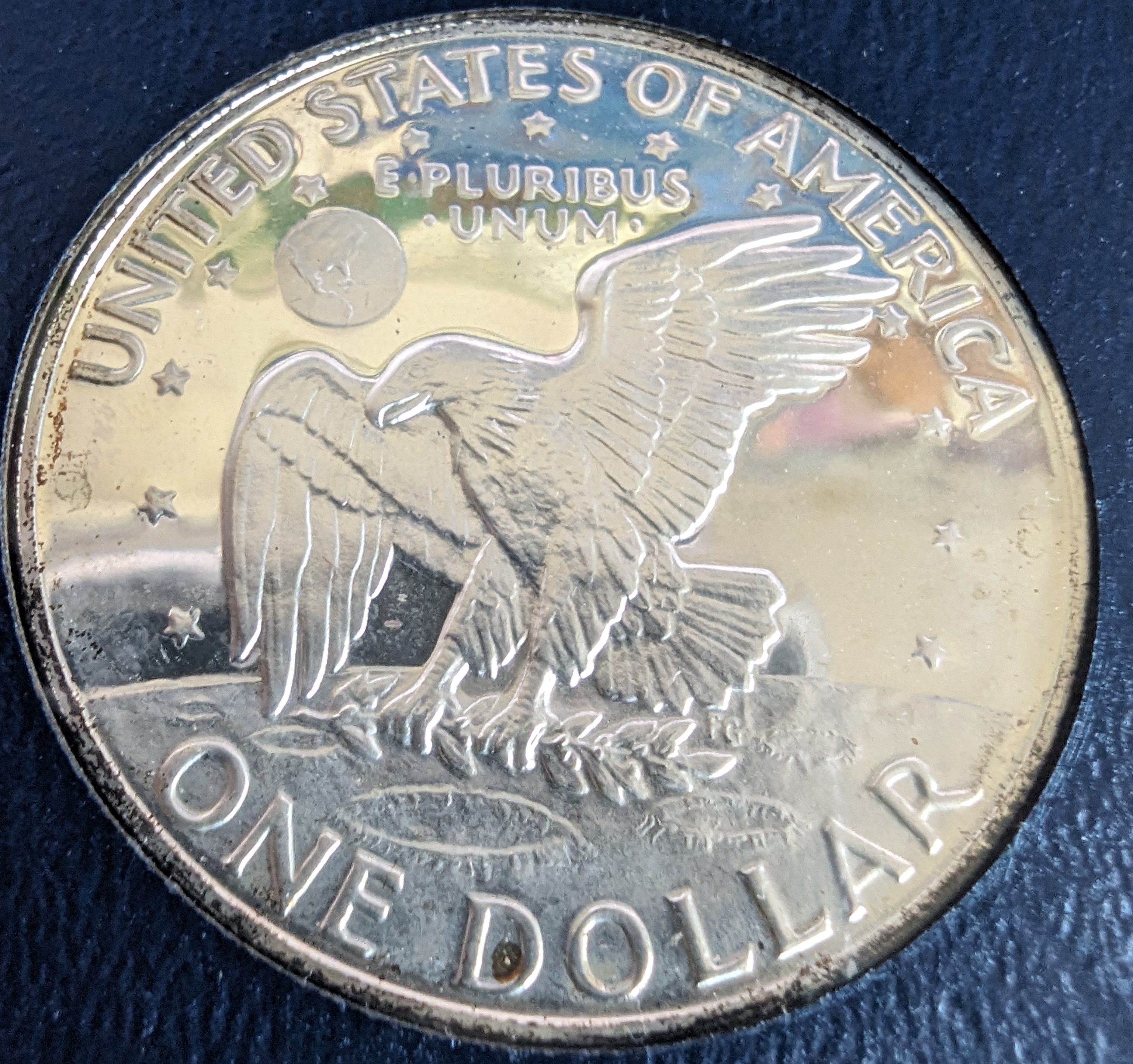
While I will not speculate why you ended up reading this article it will be enough to say that like with everything, there are good ways to learn things and better ways to learn things. This is an article for someone who is new to coin collecting and may be unsure where to start. There are really just two ways to learn about coins, you can spend money on coins, or you can read about coins. While I will continue to say to any newbie asking for advice “to buy the book before you buy the coin,” it is almost always that the books come after the coins. But just in case you are one of those rare breeds that actually want advice, here it is. This is probably the quickest way I can think of to learn many of the basics of coin collecting relatively quickly and without breaking the bank.
Have you ever considered putting together a full set of Eisenhower Dollars? Before you move on to the next blog post, just hold on and let me explain. The Eisenhower Dollar set is like the Swiss army knife of coin collecting. Why? Because it has so many features to it. The Eisenhower dollar Collection consists of 32 Different Coins minted between 1971 and 1978. Putting together a set of Eisenhower Dollars will teach you about:
Grading, condition, and rarity: You will learn about this no matter what you collect, but with such large mintages of every one of those 32 Coins, you can buy GEM Quality examples of almost the entire series for very reasonable prices.
Varieties: A variety is basically a significant design change during a given year. In 1972 for example, there were 3 major varieties. What’s interesting here is that all of these different varieties can be identified very easily by a new collector, as all one has to do is flip the coin over and look at the rendering of the earth above the eagle’s right wing. Understanding these 3 varieties is one way to separate coins that are worth under a hundred from coins worth thousands. So, this is a great skill to learn since many coin sets may contain varieties as well, and understanding why there are varieties is also a great way to experience the historical epochs of the time.
Stike: Think its easy to tell the difference between a Proof and Business strikes? Or even better how can I learn about the difference between Proof and Business strikes by looking at very large and easy-to-see coins sitting right next to each other? Or even more, what does a well-stuck coin look like compared to one that was not so well-struck? Within that, you get to see examples of coins that have Cameo (CAM) and Deep Cameo (DCAM) finishes. There are plenty of other series that would give up their registry popularity if they could get coins with those designations since what that really boils down to is some really nice-looking coins.
Metal Type: Eisenhower Dollars come in 3 metals, the Business Strike of IKE’s is 75% Copper and 25% Nickel. Its basically a Nickel sandwich with a copper plug in the middle. There were Dollars made in 80% and 40% Silver in both Business Stike and Proof! This one feature of the IKEs alone can get really confusing really fast, and I am not aware of any other series that has this feature.
Availability: While I know I mentioned above that they were all made in plentiful quantities, to find these coins in graded PCGS and NGC holders is going to be hard and require great patience, another coin-collecting virtue. It is very hard to justify spending $25 on grading a coin that does not have enough of a market premium to cover that grading fee. So, the other, and almost most important aspect that collecting IKE dollars gives you, is the opportunity to learn how to find pieces in the wild that are worth grading! Nothing sharpens your grading skills like fumbled submissions by getting back coins that are worth less than the grading fees. But anyone who tells you they never do that is probably embellishing their resume. It’s way more probable that you will find the next MS 69 Ike Dollar out there, than finding a Morgan in MS 67.
In all, this is a compact, single, and relatively inexpensive way to learn how to collect for the above reasons. We hope that putting together a set of IKE Dollars will be the start of a wonderfully warm education in Numismatics.
